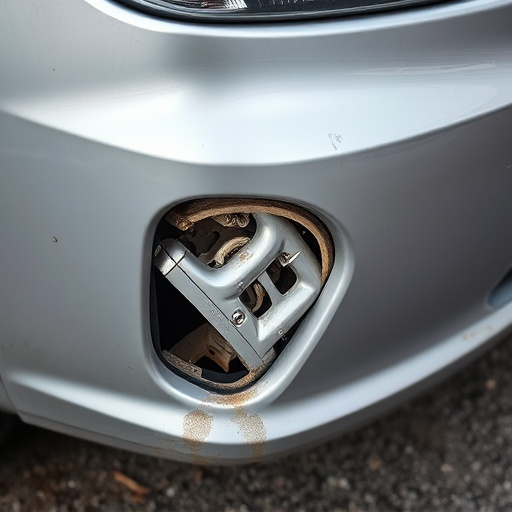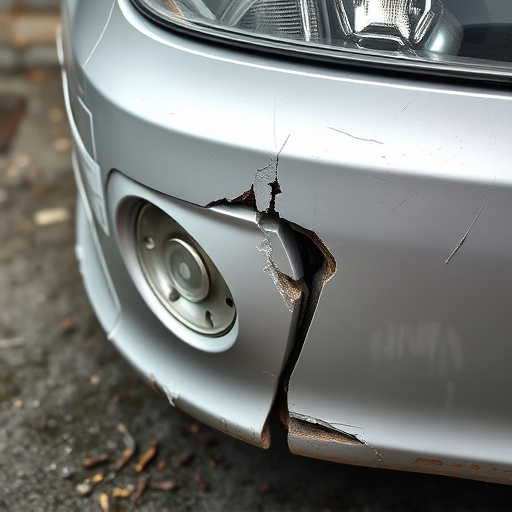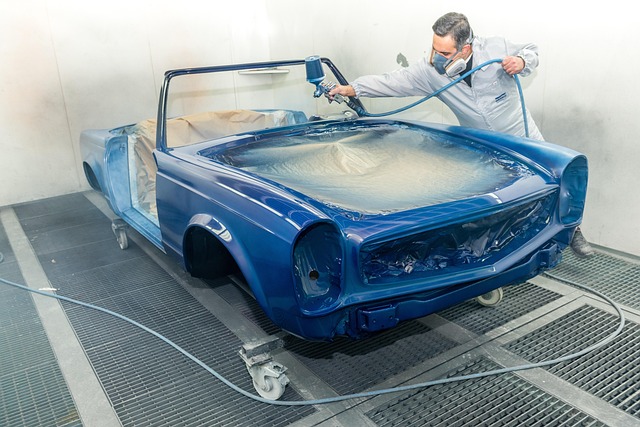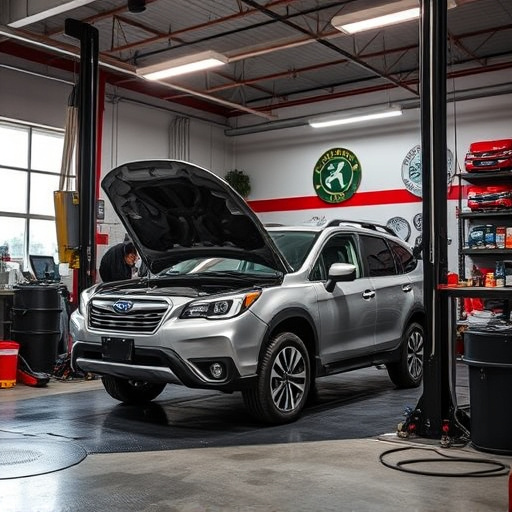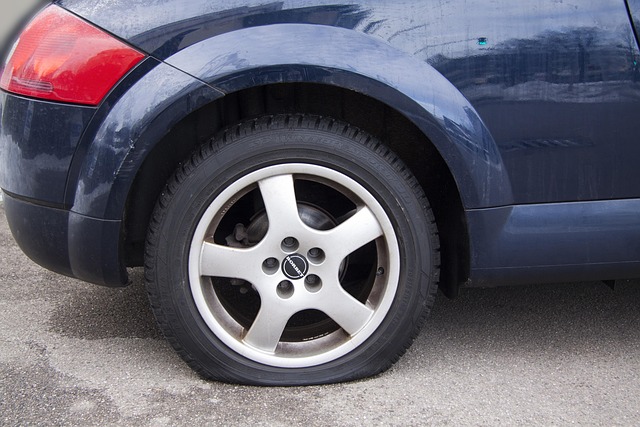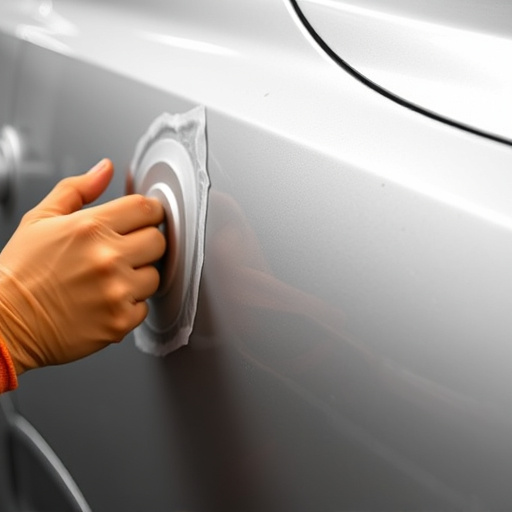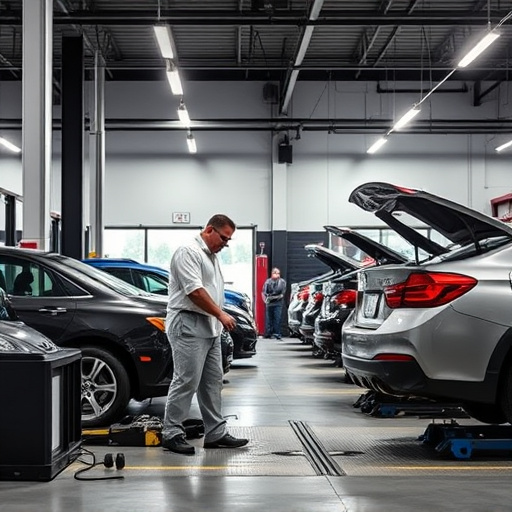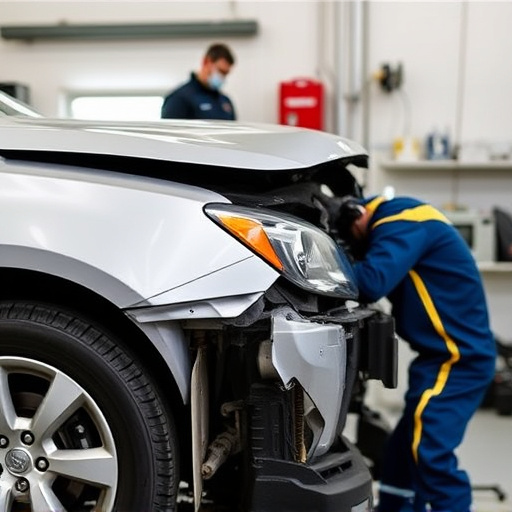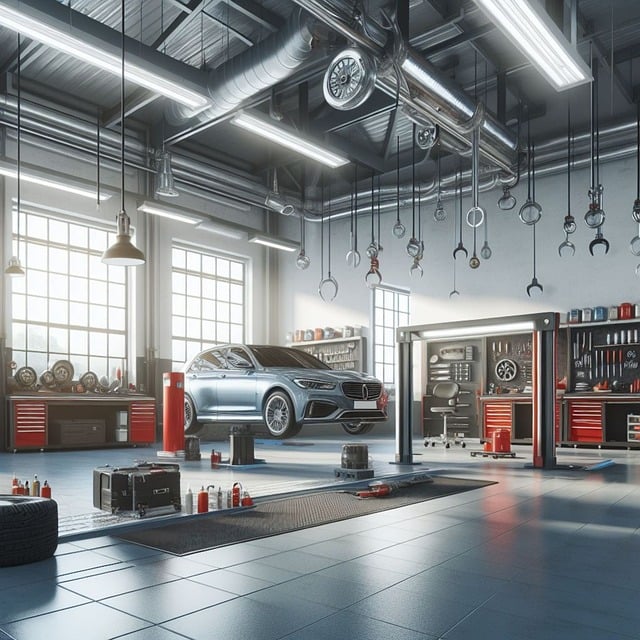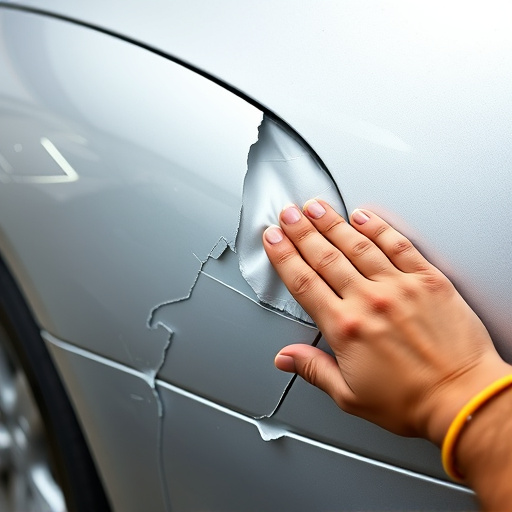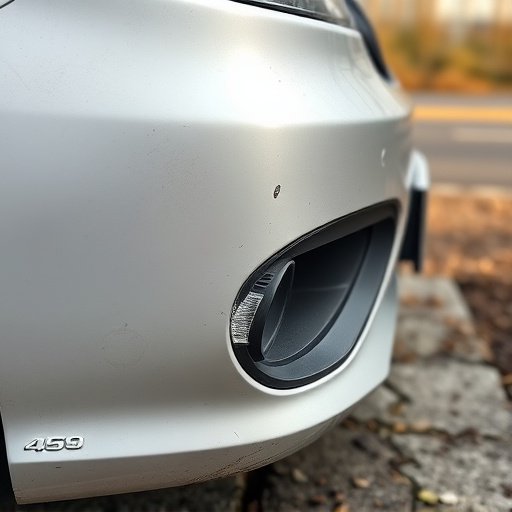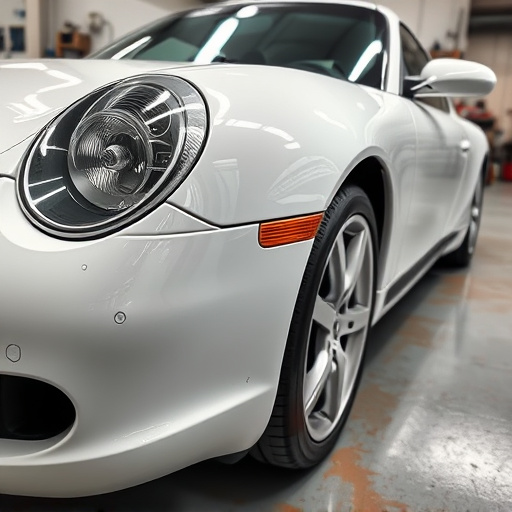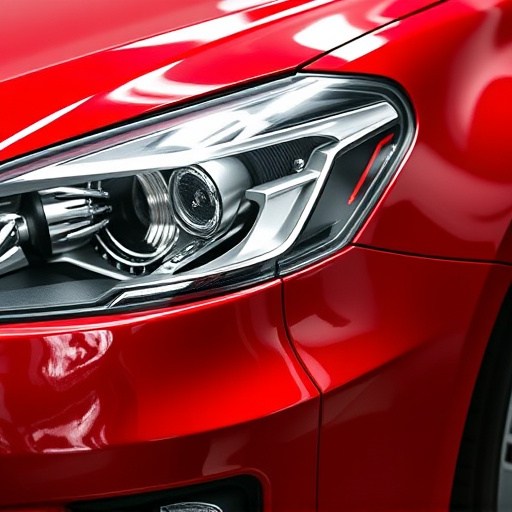Precision frame alignment is a game-changer in Original Equipment Manufacturer (OEM) repairs, ensuring top quality and customer satisfaction through advanced technologies like laser systems and computer-aided design. This process corrects structural distortions for enhanced safety, restores original specifications, maintains performance, and preserves the aesthetic appeal of luxury brands like Mercedes-Benz. By streamlining dent repair and minimizing human error, precision frame alignment adheres to OEM standards and delivers high-quality vehicle restoration outcomes.
Precision frame alignment is a critical process ensuring Original Equipment Manufacturer (OEM) repairs meet stringent standards. By accurately realigning vehicle frames, technicians can preserve structural integrity, enhance safety, and maintain vehicle resale value. This article delves into the fundamentals of precision frame alignment, highlighting its numerous advantages in OEM repair settings. We explore best practices and emerging technologies that contribute to achieving precise frame alignments, ultimately fostering quality and reliability in automotive repairs.
- Understanding Precision Frame Alignment: The Basics
- Benefits of Precision Frame Alignment in OEM Repairs
- Best Practices and Technologies for Achieving Accurate Frame Alignment
Understanding Precision Frame Alignment: The Basics
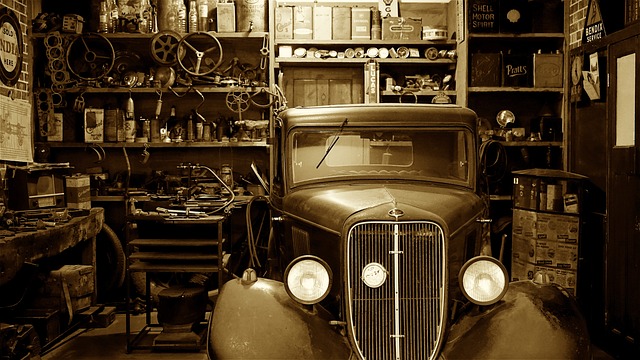
Precision frame alignment is a critical process that ensures vehicles are restored to their original structural integrity after an accident. It involves meticulously adjusting and realigning the vehicle’s metal frame, panels, and components to their pre-accident positions. This meticulous practice goes beyond simple visual straightening; it leverages advanced technology and techniques to accurately restore the frame’s geometry, ensuring safety and performance standards are met.
Proper precision frame alignment is crucial for the longevity of vehicles, especially when combined with quality auto glass repair and collision repair services. It helps maintain the structural stability and safety features that protect occupants in future accidents. By restoring the vehicle to its original specifications, precision frame straightening ensures that all components work harmoniously, enhancing overall vehicle performance and reliability.
Benefits of Precision Frame Alignment in OEM Repairs

Precision frame alignment is a game-changer when it comes to Original Equipment Manufacturer (OEM) repairs, offering numerous benefits that ensure top-notch quality and customer satisfaction. By employing advanced technologies and highly skilled technicians, precision frame alignment ensures that damaged vehicles are restored to their original specifications, maintaining their safety, performance, and aesthetic appeal.
One of the key advantages is its ability to correct structural distortions caused by accidents or impact, which is crucial for vehicle safety. This process aligns the frame with meticulous accuracy, restoring it to its pre-incident condition. Moreover, precision frame alignment enhances the overall repair quality, making it a standard practice in luxury car brands like Mercedes-Benz repairs, where attention to detail is paramount. It also streamlines the dent repair process, whether for minor bumps or significant car dents, ensuring that the vehicle’s structural integrity and original design lines are perfectly restored.
Best Practices and Technologies for Achieving Accurate Frame Alignment
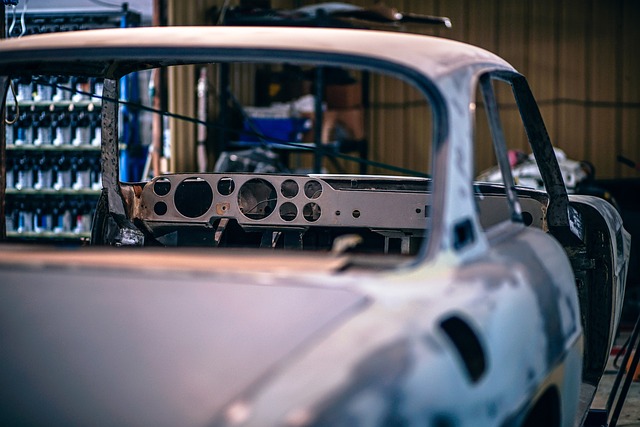
Achieving accurate frame alignment is paramount for meeting Original Equipment Manufacturer (OEM) repair standards. Best practices involve utilizing advanced technologies like laser alignment systems and computer-aided design software to ensure precise measurements. These tools not only streamline the process but also significantly reduce human error, crucial for maintaining consistent quality in car scratch repair or vehicle restoration procedures.
For optimal results in car body restoration, professionals should follow strict protocols. This includes thoroughly inspecting the frame for any pre-existing damage and making adjustments accordingly before alignment. Additionally, using reference points from the OEM’s specifications ensures that every component is aligned perfectly, resulting in a seamless finish. These meticulous approaches are essential to upholding the highest standards in both vehicle restoration and precision frame alignment.
Precision frame alignment is not just a technique—it’s a cornerstone for achieving original equipment manufacturer (OEM) repair standards. By understanding the basics, recognizing its benefits, and adopting best practices, repair shops can ensure accurate, consistent results. This, in turn, fosters customer satisfaction and maintains the integrity of vehicles across various makes and models. Precision frame alignment is a game-changer that helps repair professionals stay ahead in their field.
